An Eagle Eye
Sofia has the curatorial gift which is about seeing things others miss, about editing through analysis, and then adding a soupçon of personal selection. The head and the heart are essential in vintage where the love for a piece that is beyond repair or wear cannot be allowed to overrule. This ability has led to selling at the Manhattan Vintage show and a write up in NY Times. The hunting and the time it takes, is all about focussing, which leads Sofia to buy anywhere and everywhere from a simple online purchase to a far distant fair. On her travels, she is ever alert, putting back into circulation pieces which has been asleep until her eagle eye spotted them. The concept of doing good with clothes from the past being given new lives is an essential part of her pleasure in her work Her business acumen is about trusting her instincts and her curating and editorial skills, and a sense of adventure in her exploration of all aspects of vintage.
Words by Tony Glenville

Sofia wearing: Farmer’s Daughter
Cellotape: What’s the most difficult decade’s clothes to find?
Sofia: The older something is, the more difficult it becomes to find in wearable or solid condition. Sturdier materials such as a heavy cotton will fare better over time than a delicate lace or silk chiffon.
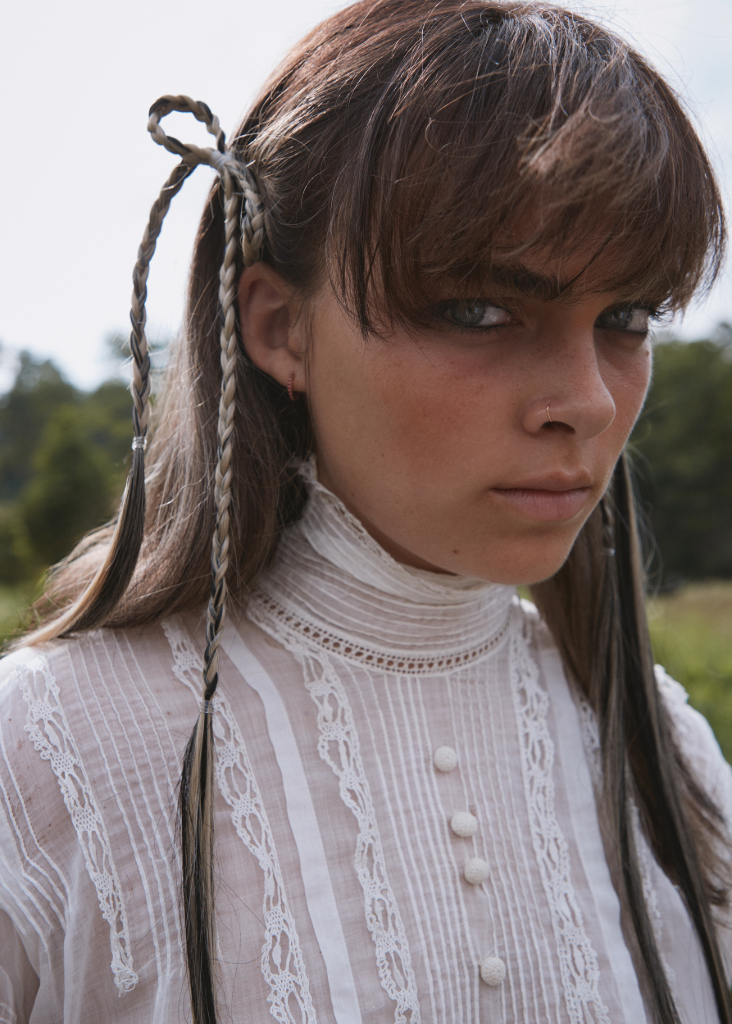

Sofia wearing: Farmer’s Daughter
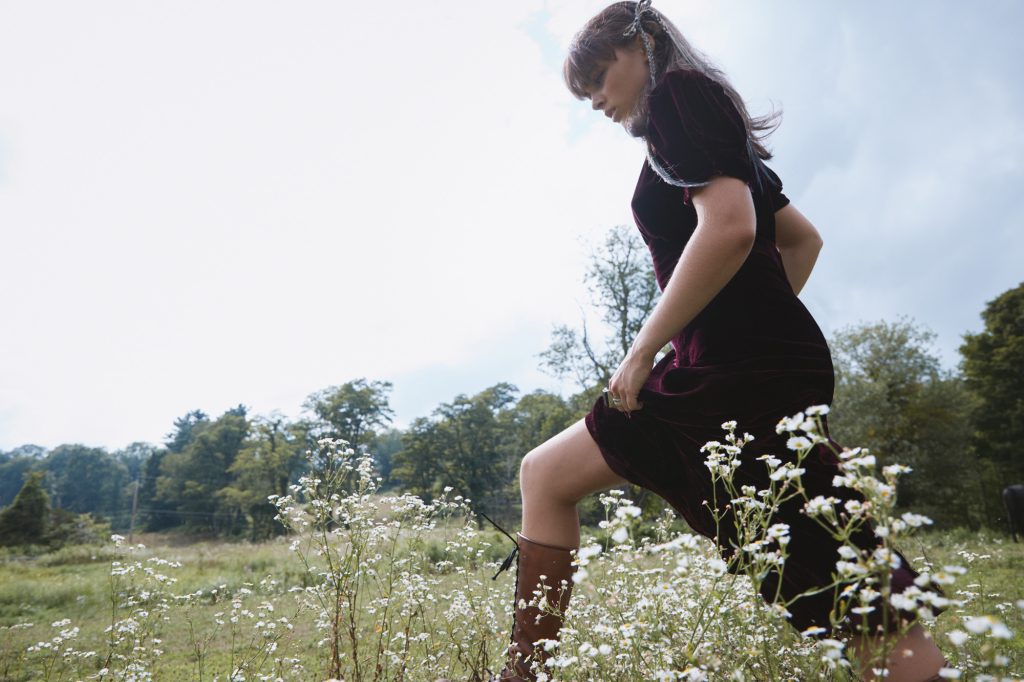
Sofia wearing: Farmer’s Daughter
Cellotape: Do you think people selling expect to get more for vintage today?
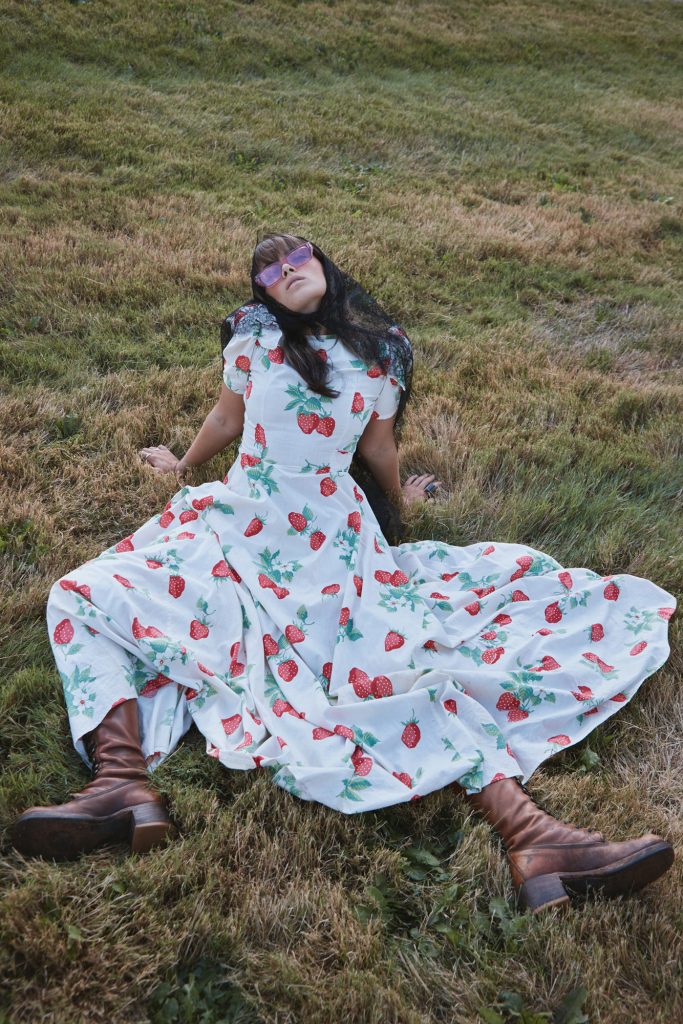
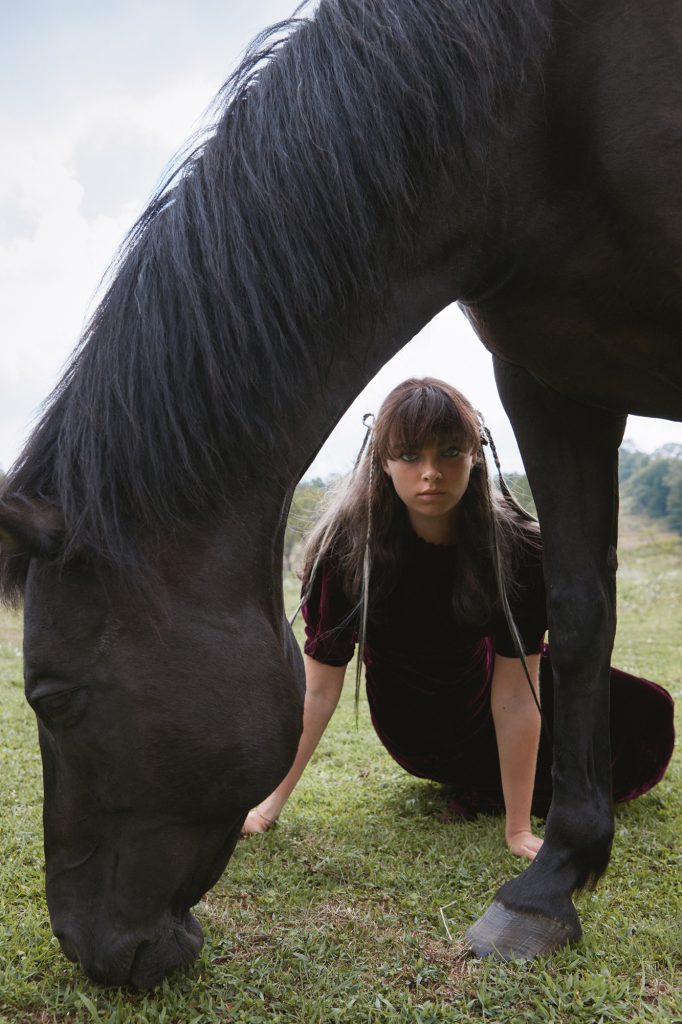
Sofia wearing: Farmer’s Daughter, sunglasses; Dolce&Gabbana
Cellotape: It’s fascinating how even big store brands or mass-produced garments the labels change. Is there a source for this kind of information? What do you find useful is dating pieces?
Sofia: Yes – vintagefashionguild.org is an incredible resource when looking at different labels & eras. I do have relationships with fashion historians. I am educated in historic fashion enough to be able to estimate the date a piece was made in, but oftentimes I call in the big guns when I question a piece’s era or purpose. I post sometimes on groups specialising in dating vintage. I feel I learn and absorb so much knowledge whenever I study the discourse that it takes to date a piece.
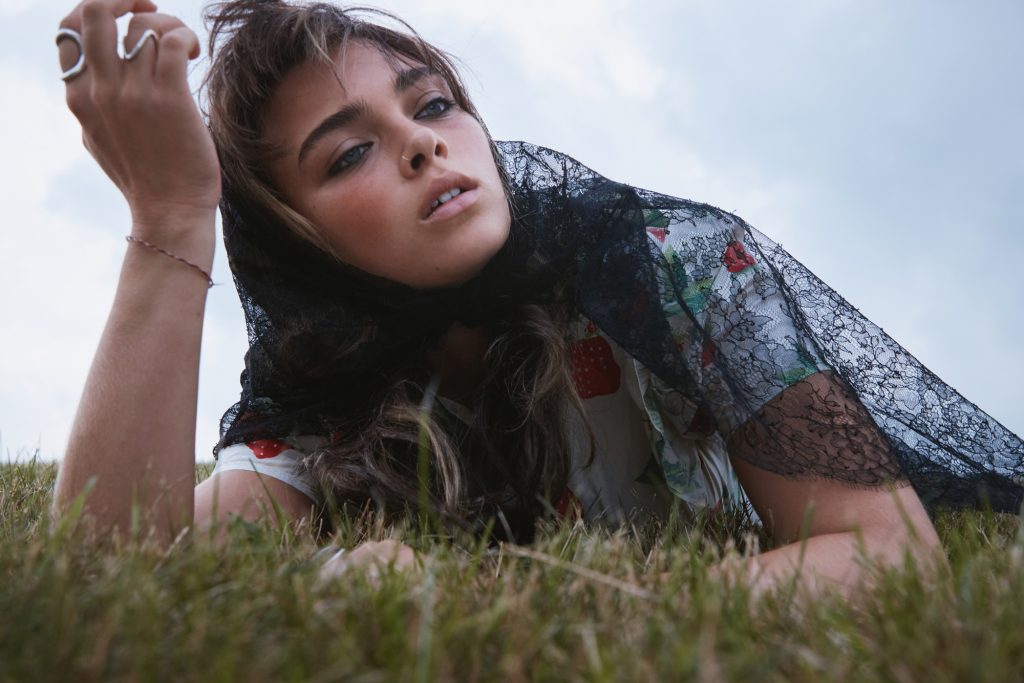
Sofia wearing: Farmer’s Daughter
Cellotape: What about washing, cleaning etc before selling, is this a problem?
Sofia: Assessing the care needed for the older pieces can definitely be a challenge. You can’t just chuck aged & delicate clothes into a washer – it often takes intentional observation and planning to properly care for each item. Different fabrics or dyes have to be taken into consideration. For my oldest pieces, the condition they come in is how I leave them in – attempting to clean them isn’t always the best route. For stains and general washing, the most natural and effective method is by a gentle soak, time in the sun, and a hang dry.
CREDITS:
Photographer / Director: Mei Tao
Creative Director: Vicky Steckel
Editor: Alison Grasso
Stylist: Suthee Ritthaworn
Wardrobe: Farmer’s Daughter
Director of Photography: Scott d. Keenan
Makeup: Mika Shimoda
Hair: Chika F.K
Talent/ Interviewee: Sofia Wallis
Production: Fathead Productions
Words: Tony Glenville
Photo Assistants: Matt Coch
Color: Eric Schwalbe
Sound Editor/ Mixer: Zach Menees
Retouching: Color Density
Special Thanks to Sarah Wallis
You may also like

Viktor Victoria
“I’m a woman, pretending to be a man, pretending to be a woman?
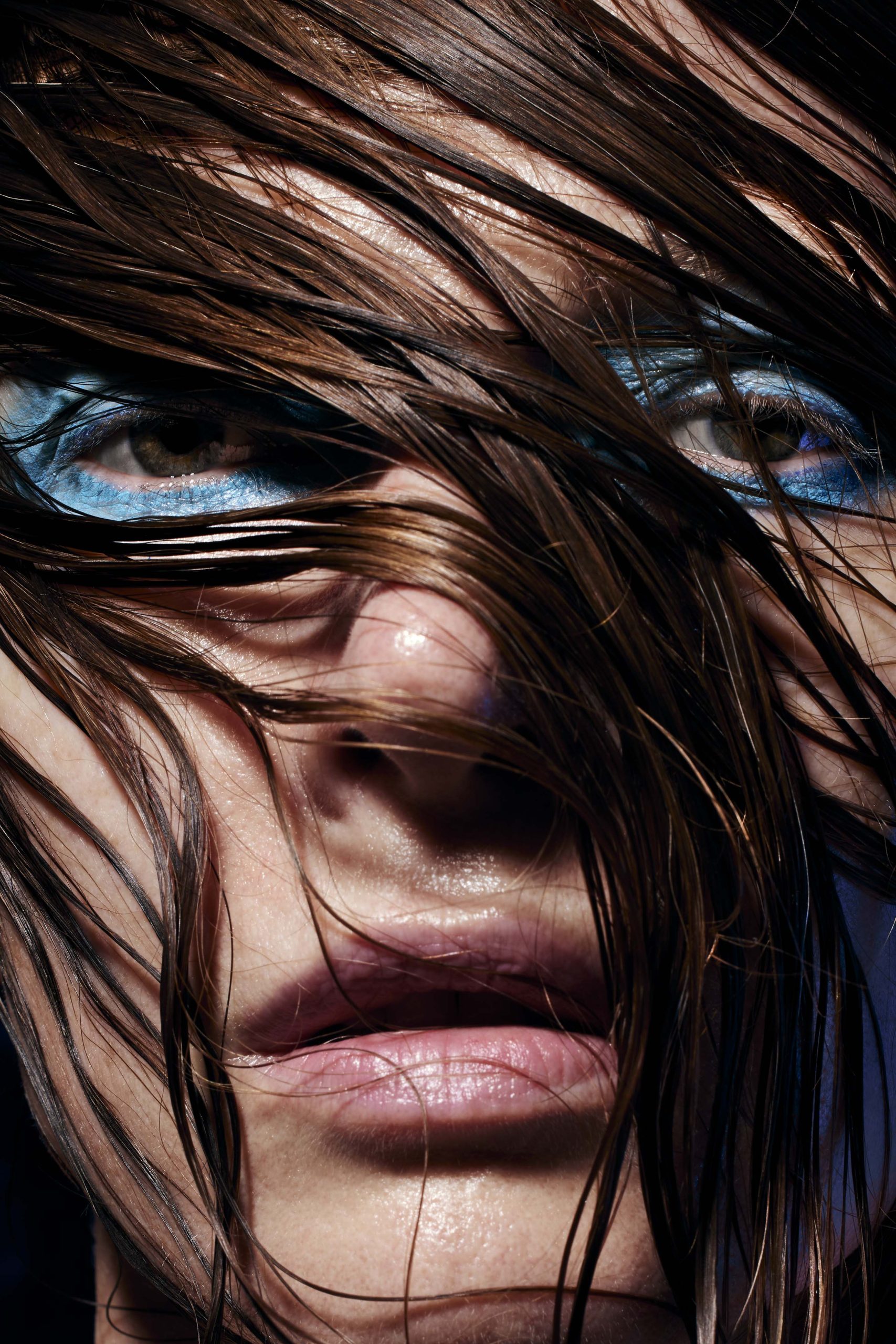
In Deep
As the waves roll over the mermaid, as the swell of the ocean enfolds her, she sings the sirens song

Petals across time
In Funny Face (1957), Audrey Hepburn spins with arms full of flowers as Fred Astaire shouts, "More,

Post a comment